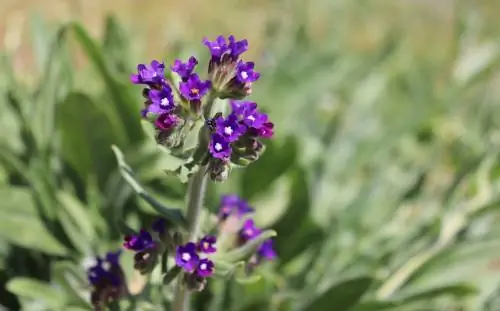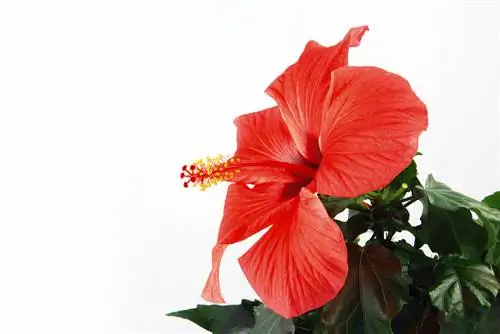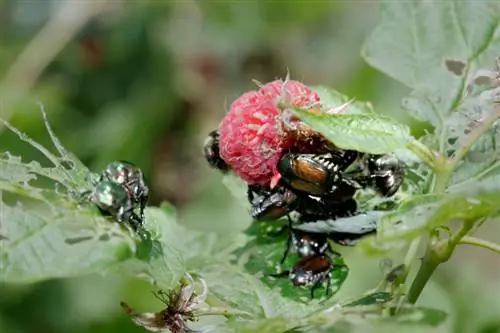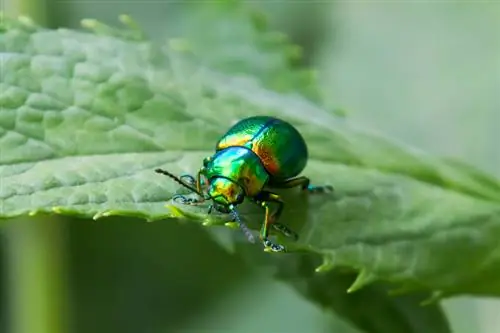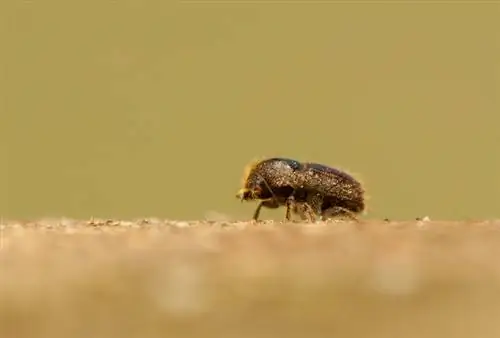- Author admin [email protected].
- Public 2023-12-16 16:46.
- Last modified 2025-01-23 11:22.
If oxtongue (anchusa) has spread in your garden, combating the flowering plant can be extremely difficult. In this article you will find out how to recognize stubborn weeds and how to get rid of them permanently.
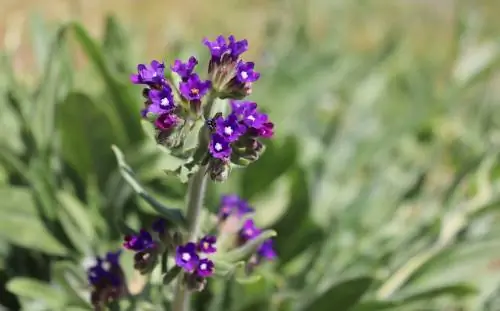
How to remove oxtongue weed from the garden?
To combat the stubborn weed oxtongue, you should keep the lawn short, dig up the plant including its deep roots and cut off flower heads to prevent self-seeding. Weed pullers can be helpful.
Plant profile ox tongue
The wrinkled leaves with strong hairs make identifying the Anchusa relatively easy. They actually resemble the tongue of cattle and gave the plant its popular name. The blue-colored flower panicles that grow on branching, short stems appear in June to August.
The ox tongue reaches a height of between thirty and eighty centimeters. It forms a taproot that extends up to 1.20 meters into the ground, which makes control difficult.
In agriculture, the plant is now one of the problem weeds because it tolerates almost any soil type and displaces crops due to its sprawling growth and self-sowing.
How can I combat oxtongue effectively?
This is easier than many hobby gardeners think:
- Since the oxtongue does not tolerate regular mowing well, it is usually enough to keep the lawn short and provide the green with sufficient nutrients.
- If you have to remove large plants, the most sustainable way is to dig up the oxtongue together with the taproot that extends deep into the earth. A weed cutter (€8.00 on Amazon), which is also used when weeding dandelions, is very helpful here.
- Take control of weeds before they bloom and effectively prevent self-seeding and wild growth next year. For this purpose it is sufficient to cut off all flower heads immediately.
Oxtongue as a ground cover
Because of its undemanding nature, Anchusa is cultivated in some gardens as a grateful ground cover. However, in this case it is not the common or field ox-tongue that is used, but rather more attractive flowering varieties such as the Italian ox-tongue or the Cape ox-tongue. This only grows to a height of 15 to 20 centimeters, is absolutely easy to care for and suppresses unwanted weeds thanks to its rapid growth.
Tip
Anchusa is a valuable pasture for bees. The special shape of the flowers ward off insects that are unable to pollinate, so that only beneficial insects such as (wild) bees and bumblebees can feast on the nectar.

